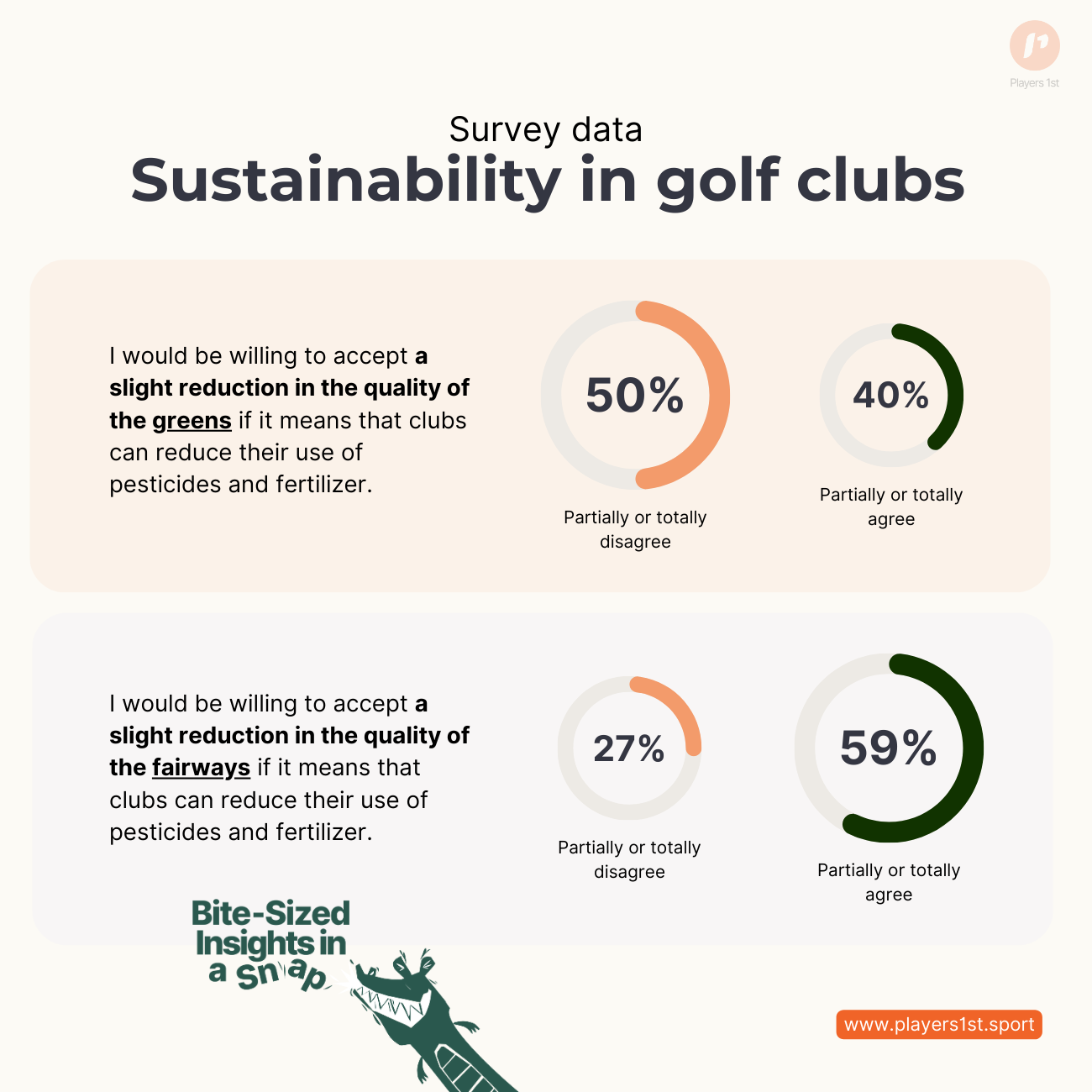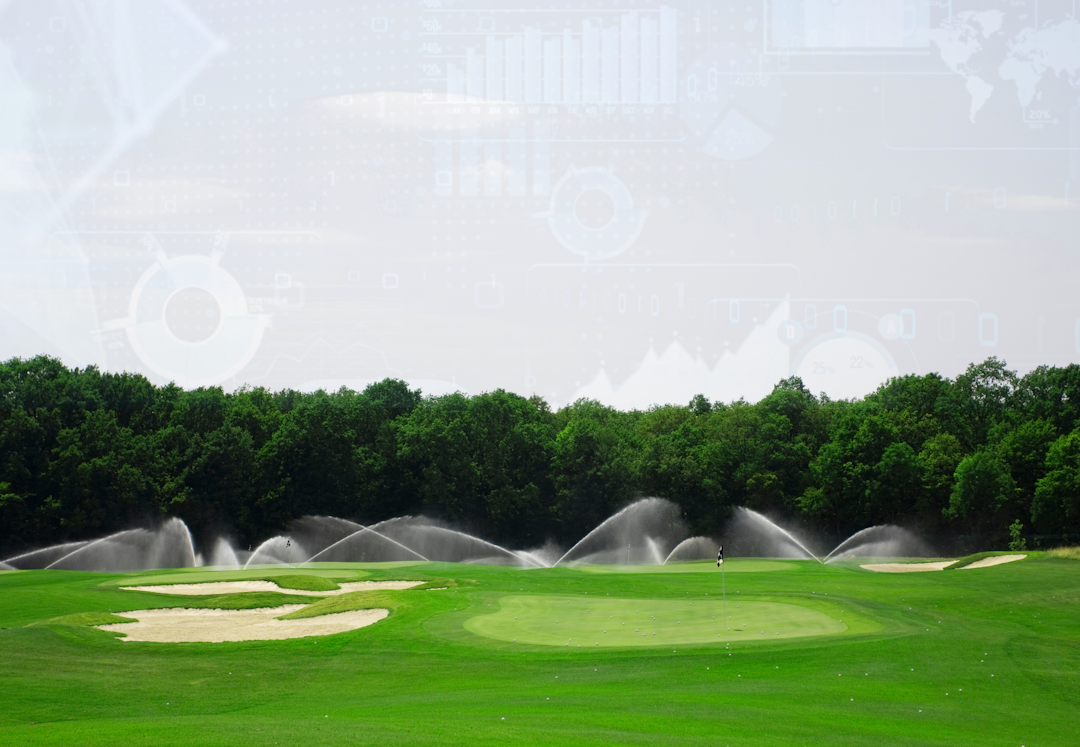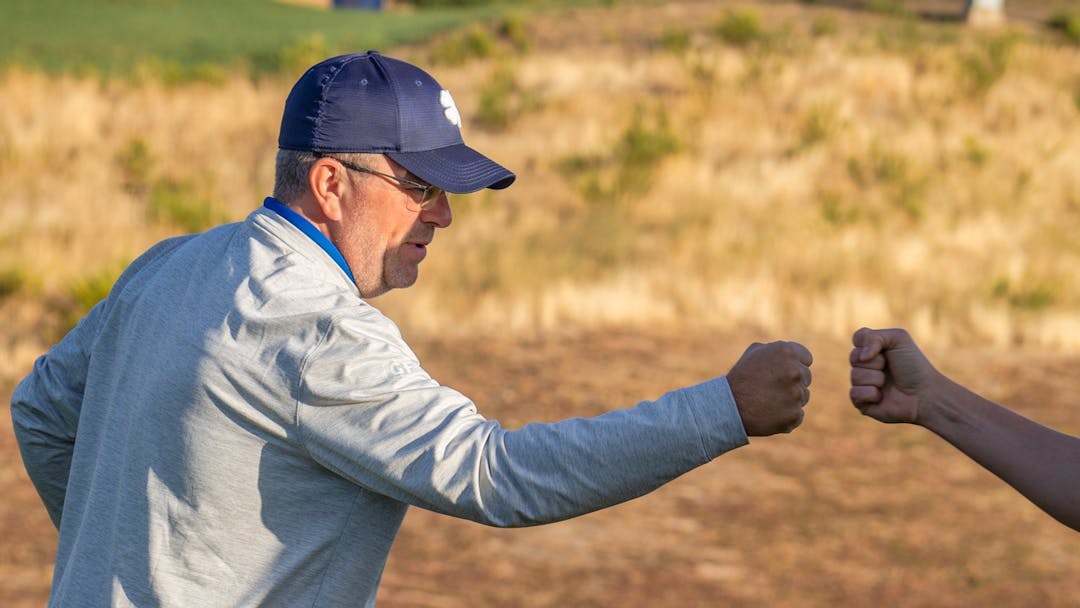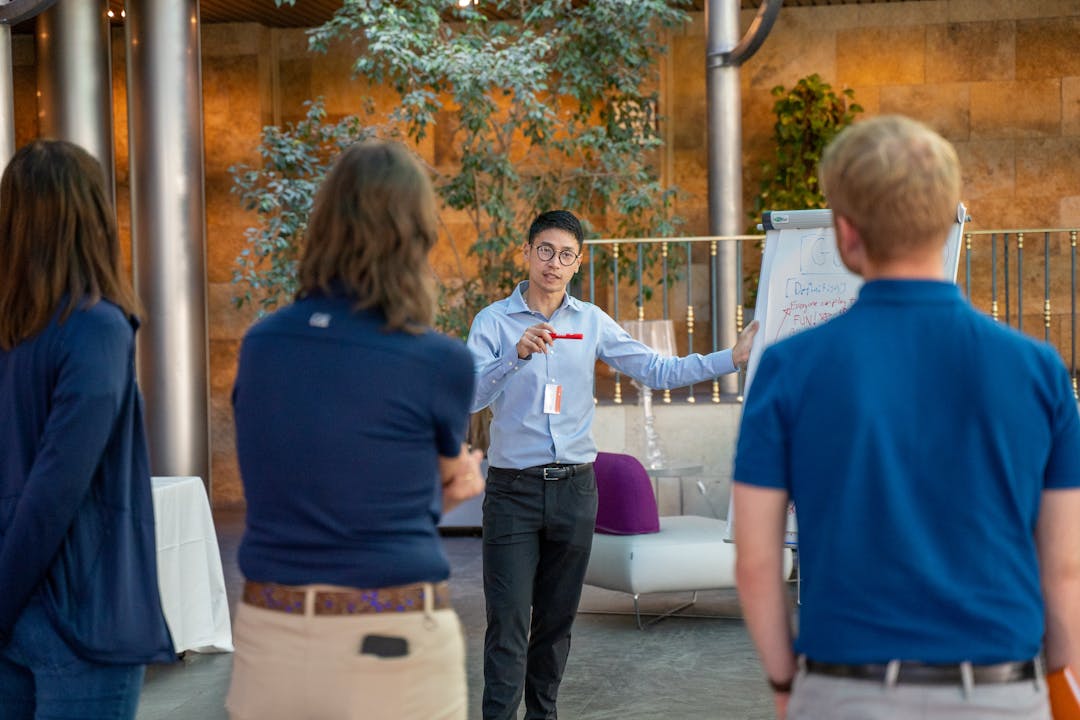Drones, robots, and AI shape a green future with fewer chemicals on courses
The future of golf course maintenance might be powered by both drones and robots. If so, Artificial Intelligence seems to be the prime force for clubs to cut down on chemicals and thereby promote a greener approach. Also, new data indicates golfers might compromise course quality if it benefits the environment.
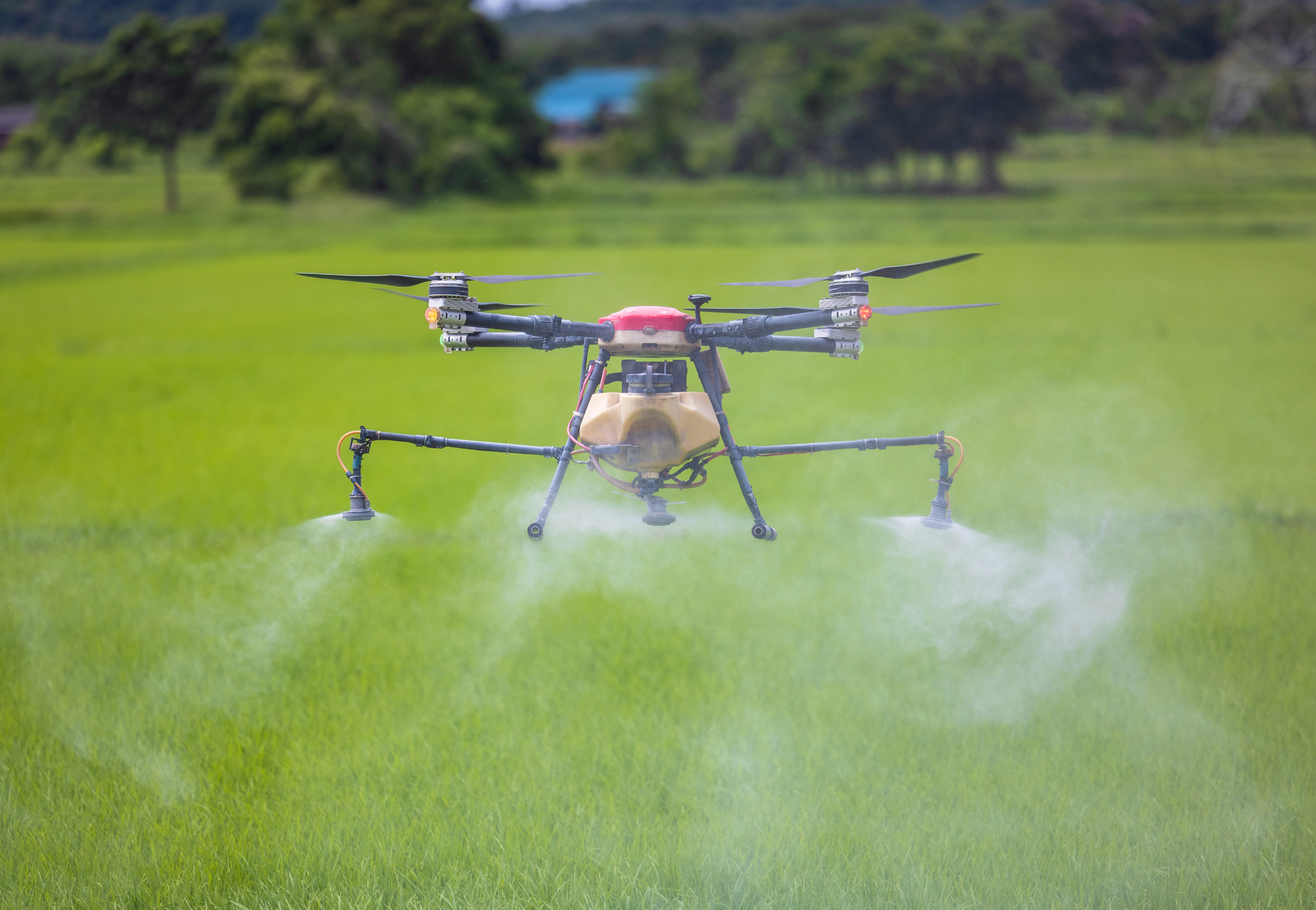
Golf courses require careful maintenance to stay green and healthy. For years, golf courses have used synthetic pesticides to keep them looking good and playable, as people didn't know much about their effects on health and the environment.
Yet, this approach is questionable, as it involves spraying lots of fertilizers and pesticides everywhere instead of where they are needed, which isn't great for the environment or the wallet.
Effective? Yes. Sustainable? No.
So, how do multicourse operators contribute to a more sustainable future – both environmentally and economically?
As with many other things in recent years, Artificial Intelligence (AI) has found its way to revolutionize several businesses. The same goes for the golf industry, and now it comes in handy when trying to optimize and reduce the application of fertilizers. New technology like AI drones is redefining golf courses, making it possible to maintain them with precision and target only the areas that need treatment.
Transforming maintenance with the power of drones and robots
Drones with special sensors and smart computer programs enhanced by AI are becoming super helpful in many businesses, and now also in golf. They can fly over the entire golf course, looking at things like soil, moisture, and how healthy the plants are. After that, robots use data from the drones to move around the course and apply fertilizers or pesticides exactly where they're supposed to go.
This makes sure you only use treatments where they're really needed and means less chemical pollution. On top of that, you are minimizing the risk of chemicals getting into nearby water, which potentially saves wildlife around the courses. Sounds like the essence of a win-win situation.
But there are some challenges we still need to figure out. Getting all this fancy technology can be expensive, and it takes time to instruct people on how to use it in the right way. Plus, there are rules and regulations to follow to make sure you are using it safely and responsibly.
But committing to this technology at an early stage might be worth it in the long run. Of course, expenses on fertilizers and pesticides will be reduced, but more importantly, your guests and members might applaud you for taking a more sustainable stand.
Golfers willing to accept lower quality for fewer chemicals
Using AI in your golf business either now or in the future seems like a no-brainer. And, if you are a golf club operator and thinking about using it for environmental purposes, you won’t be the only one with these good intentions for Mother Nature.
Recently, we surveyed sustainability in golf clubs. Golfers were asked about their willingness to accept a slight reduction in the quality of fairways and greens if it meant that clubs could reduce their use of pesticides and fertilizer.
The survey showed that 59% of golfers either partially or totally agreed when asked if they were willing to accept a slight reduction in the quality of the fairways if it means that clubs can reduce the use of chemicals like pesticides and fertilizers.
On the other hand, you should be a bit more concerned when it gets down to the green. 50% would be bothered by a lower quality of the greens due to a reduction. Even though 40% claim they’re willing to make that compromise, you are still annoying half of your golfers.
After all, it seems obvious that golfers out there are ready to follow the green wave and move towards more sustainable maintenance in the golf business, and that is where AI could be your new potential best friend.
Bear in mind these results when considering modifications to your course in the future and remember to stay transparent to your golfers when communicating changes. Let them know why changes have been made – a major part of them will understand why stepping up for the environment and saving us all from some chemicals is cool.
Other stories
Night golf is lighting up the course - but what is it all about?
Virtual Reality opens digital doors for golfers to explore
How AI can help improve the future of golf lessons
AI-driven irrigation increases sustainability and cut expenses
Tee time mastery: Elevating golf experiences with AI optimization
This can make or break job satisfaction among golf pros
What greenkeepers value most in their jobs
Paying more when playing more might be the future of memberships
Shorter rounds keep female golfers on your fairways
Golfers have spoken: We want rounds with fewer holes
Half of the members play just 5% of all rounds: Do they get value for money?
Effective course maintenance communication equals happy guests
The sweet spot: Finding the best scale of membership fee increases
Raise the fee with no fear if your members are satisfied
Where is golf headed in 2023?
Let us ping your mailbox
Boost your club’s member and guest experience to stay ahead of the game! Unlock expert insights, pro tips, inspiring club success stories, and more…
